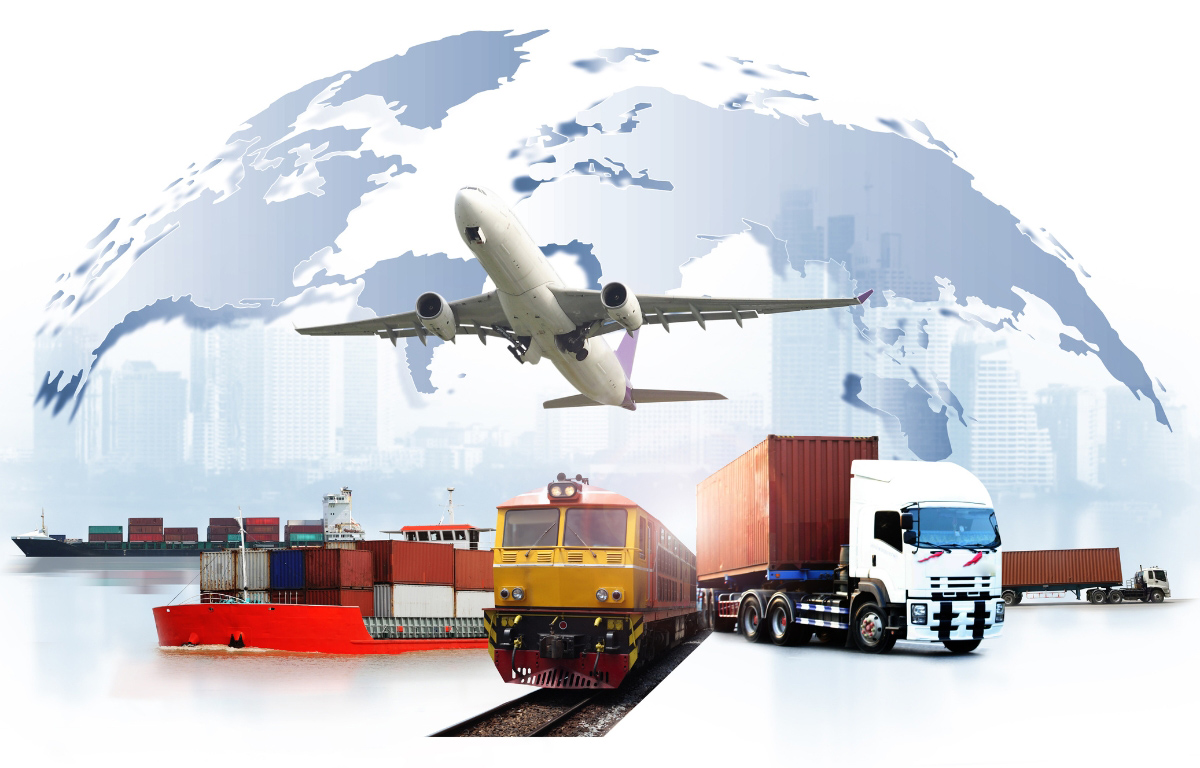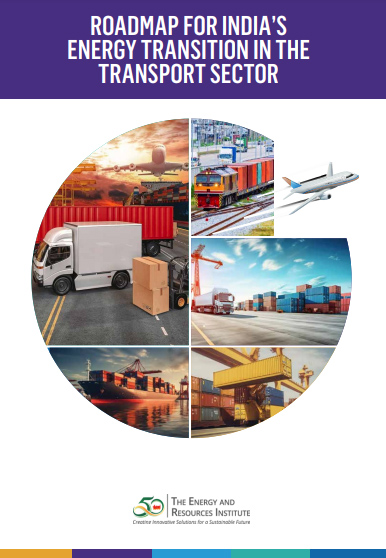Roadmap for India's Energy Transition in the Transport Sector

Transportation plays a pivotal role in the economic an social development of a country, carrying men and materials, such as- carriage of raw material and finished product; minerals; food and other essential products; and services, opening new avenues of employment opportunities. The main sources of energy for transport are diesel and petrol; alternative fuel technologies are relatively more expensive for an extensive use. Both cost and availability of alternative fuels have been a significant factor in the unprecedented growth of petroleum product demand for the transport sector. Owing to the expanding needs for transportation and restricted access to alternative fuel technologies, transport sector has been the second-highest emitter of carbon dioxide (CO2) after the electricity and heat production sector, contributing almost 23% of global CO2 emissions and being the fastest-growing end-use sector (along with industry).
Transport sector in India contributes 5 percent of gross value added (GVA), however, its share in total CO2 emission from energy use is 12 percent. With the increasing urbanization in India and the expanding needs of the growing population, the growth in transport demand is inevitable. If left unchecked, it will have substantial impacts on greenhouse gas (GHG) emissions and ambient pollution. However, for countries like India, addressing the energy trilemma (of environmental sustainability, energy security, and equitable access to energy) is of paramount importance while addressing emissions from the transport sector.
In accordance with the Nationally Determined Contributions (NDC) targets, various countries have proposed distinct mitigation strategies to reduce transportation-related emissions. India has formulated a comprehensive set of strategies that have a direct impact on reducing transportation-related emissions.
This study aims to forecast the transport demand for India until 2070-71 and assess the baseline emission trajectory, based on TERI’s in-house transport model (TERI-TptM) with updated base year of 2019-20. Subsequently, this study assesses the fuel demand and emission reduction impacts of various technology-driven mitigation strategies.
The key objectives of the study are:
- Develop a baseline scenario for the Indian transport sector encompassing different vehicle types across all modes of transport, for assessing fuel demand and GHG emissions
- Analyse different scenarios based on degrees of adoption of alternate fuel technologies, different biofuel blending prospects, and fuel efficiency improvement of vehicles, in terms of their impacts on fuel demand and GHG emission abatement potential
- Deliberate on the challenges associated with the low energy transition in transport sector and understand the policy implications of the alternative scenarios
Although India’s gross domestic product (GDP) emission intensity has been declining over the past decade, the emission intensity of its transportation sector has remained largely stagnant and even higher than that of the GDP. Given the growing transportation demand and the criticality of certain modes of transport, India’s aspiration to achieve net-zero emissions by 2070 is closely intertwined with the transportation sector of the country.
The findings of this study underscore the paramount significance of electrification of road vehicles, a possible use of hydrogen as a transportation fuel, and of enhancing railway's share significantly; particularly in freight transportation in India’s endeavour to reduce emissions from the transport sector.


